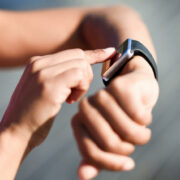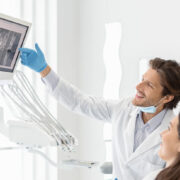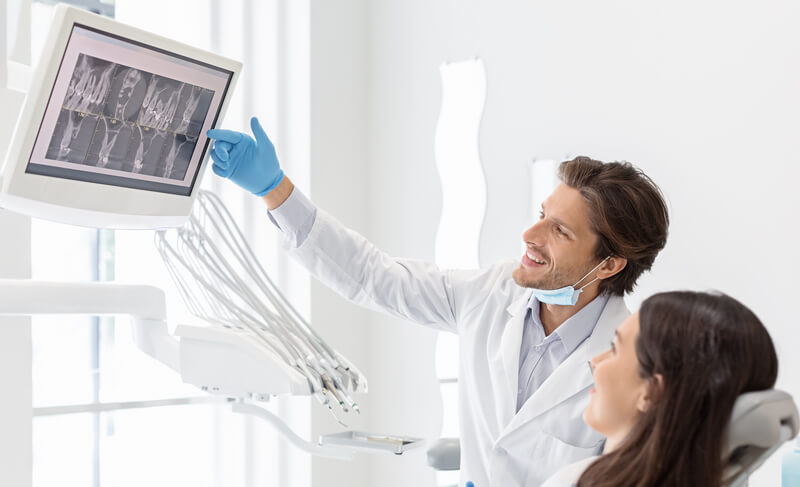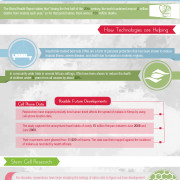Healthcare in the Digital Age: 5 Technologies That Are Changing Healthcare
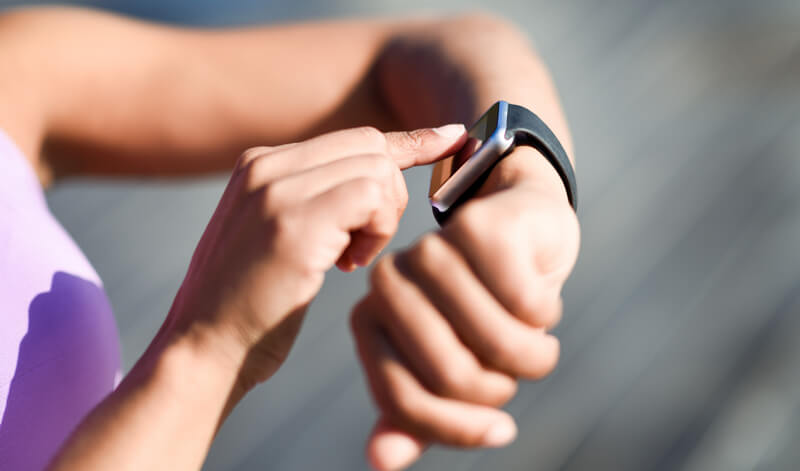
The following guest post on 5 technologies changing the healthcare industry was submitted by Emily Walters.
Healthcare isn’t what it used to be, and that’s a good thing! It’s no coincidence that the healthcare revolution aligns with the Digital Era, and how we approach our well-being, including physical, mental, emotional and spiritual, is getting faster, better and more accessible thanks to technology. It might seem like the healthcare industry is behind others when it comes to tasks like digitizing documents for a paperless environment, but that’s not the case. With regulations like HIPPA ensuring security compliance, it just takes healthcare a little longer to get fully on board with special technology that’s much more comprehensive and advanced than what’s readily available to other industries.

Learn more about the top 5 technologies changing the healthcare industry.
We take a lot of technology for granted, but consider these five technologies that are changing healthcare, and it’s easy to see how far we’ve come:
1. Fitness trackers. Whether you couldn’t imagine life without your Fitbit, heart rate monitor in spin class or Apple’s health app, how we track, compete, encourage ourselves and promote our fitness has shifted drastically thanks to these devices. They’re not perfect, and in some cases fitness trackers have been linked to negative practices such as orthorexia, but for most devotees they’re fun and easy ways to help move more and encourage healthy eating. When you know exactly what you’ve consumed, how long you’ve worked out and to what degree, and your tracker is telling you to get up and move because you’ve been sitting too long, it’s like having a 24/7 personal trainer at a very small fraction of the cost.
2. DietSensor. It’s another app, but one with a new approach to a healthier lifestyle. This recent development, and others like it, can scan nutritional labels to instantly gauge how an item fits into your diet (keeping in mind that a diet is something we all have, for better or worse). Learning to read nutritional labels is a skill that’s gone by the wayside. However, whether you teach yourself to be a better label checker or prefer to rely on the quick scan of technology, it’s a critical part of choosing a healthier lifestyle. Reading nutritional labels isn’t a skill that’s taught at school, and it’s rarely taught at home—often because those who should be teaching it are clueless, too. Nutritional labels have become increasingly confusing in recent years with ingredients we can’t pronounce and additions to labels to include items like “sugar alcohols.” A great app can be personalized so you’re getting the information you both need and want. For example, maybe you’re embracing a carb-cycling lifestyle and need to know net carbs instead of just a breakdown of carbohydrate types.
3. Healthcare data storage solutions. Embracing a paperless environment isn’t just kind to the environment, though you may get extra brownie points for that. It’s also a means of minimizing human error and double work. With cloud storage available, patient files (and more) can be instantly uploaded, downloaded, shared and viewed with those granted access anywhere in the world. Even with the threat of security breaches, soft copies of files are generally more secure than hard copies. Data storage designed specifically for healthcare can also help sync a patients’ many healthcare providers including GPs, mental health experts, physical therapists, nutritionists and even personal trainers.
4. New glucose monitoring systems with no prick. There are a few on the market, but a popular option in Europe and Australia is the Abbott’s FreeStyle Libre Flash Glucose Monitoring System. Instead of daily finger pricks previously required of those with diabetes, it’s a sensor that you wear for 14 days that tests blood sugar levels 14 times throughout the day completely discomfort-free. Overall, technology is revolutionizing medical tests and routine precautions making approaches easier, more flexible, and more comfortable than ever. Those with diabetes aren’t the only patients who need frequent blood tests, but they make up the majority of such patients.
5. Virtual reality. VR options were big on Santa’s wish lists during the past holiday season, but they’re more than just fun and games. Virtual reality can help medical students “experience” future situations in a much more realistic fashion, and VR can also help the elderly or those with agoraphobia and PTSD slowly re-immerse themselves into a space that’s safe and accessible while mimicking the real world. There are a variety of VR offerings available, and doing your due diligence to find the right match for you is critical to having a successful experience.
Another technological breakthrough that’s been around for a while is being able to connect with healthcare professionals virtually. There’s been a boom in the number of physicians, mental health experts, and other healthcare professionals “meeting” with patients via video conferencing. It’s a faster, easier, and sometimes more affordable way for patients to get the care they need. As an added bonus, patients who are immobile, in rural areas, or for other reasons that have trouble seeing a medical professional in person suddenly has instant access to the help they need.
Technology is far from perfect, and there’s no telling what kind of medical technology breakthroughs we’ll experience in the coming years. However, with every offering there’s a chance to learn, grow and make sure the next breakthrough is even better. Technology can only improve if tested, though. For those in a position to try out new technology solutions, do so, and share your experience. It just might help drive the next generation of medical technology.
Emily Walters is a freelance content writer. She has written for a variety of industries including business, healthcare, technology, and travel. Aside from writing, Emily enjoys traveling, gardening, and paddleboarding.

